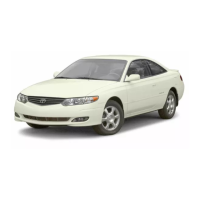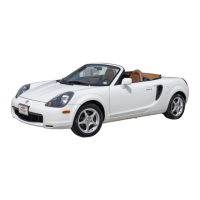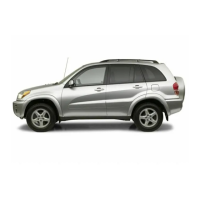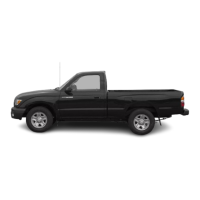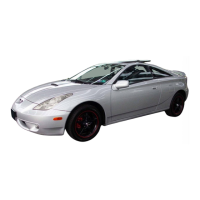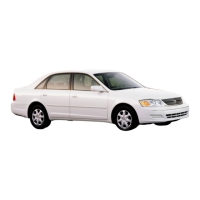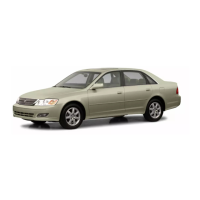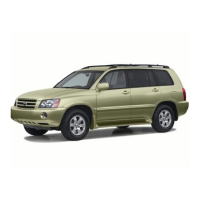02_SEQUOIA_U (L/O 0108)
78
2002 MY SEQUOIA_U (OM34418U)
The SRS side and curtain shield airbag
system is controlled by the airbag sensor
assembly. The airbag sensor assembly
consists of a safing sensor and airbag
sensor.
In a severe side impact, the side and
curtain shield airbag sensor triggers the
side and curtain shield airbag inflators.
Then a chemical reaction in the inflators
quickly fills the airbags with non−toxic gas
to help restrain the lateral motion of the
occupants.
When the airbags inflate, they produce a
fairly loud noise and release some smoke
and residue along with non−toxic gas. This
does not indicate a fire. This gas is nor-
mally harmless; however, for those who
have delicate skin, it may cause a minor
skin irritation. Be sure to wash off any
residue as soon as possible to prevent
any potential skin irritation.
Deployment of the airbags happens in a
fraction of a second, so the airbags must
inflate with considerable force. While the
system is designed to reduce serious inju-
ries, it may also cause minor burns or
abrasions and swelling.
Front seats as well as parts of the front
pillar and roof side may be hot for several
minutes, but the airbags themselves will
not be hot. The airbags are designed to
inflate only once.
CAUTION
! The SRS side and curtain shield air-
bag system is designed only as a
supplement to the primary protec-
tion of the driver side and front
passenger side seat belt systems.
To ensure maximum protection in
an accident, the driver and all pas-
sengers in the vehicle must wear
their seat belts properly. Wearing a
seat belt properly during an acci-
dent reduces the chances of death
or serious injury or being thrown
out of the vehicle. For instructions
and precautions concerning the seat
belt system, see “Seat belts” on
page 55 in this section.
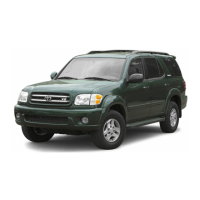
